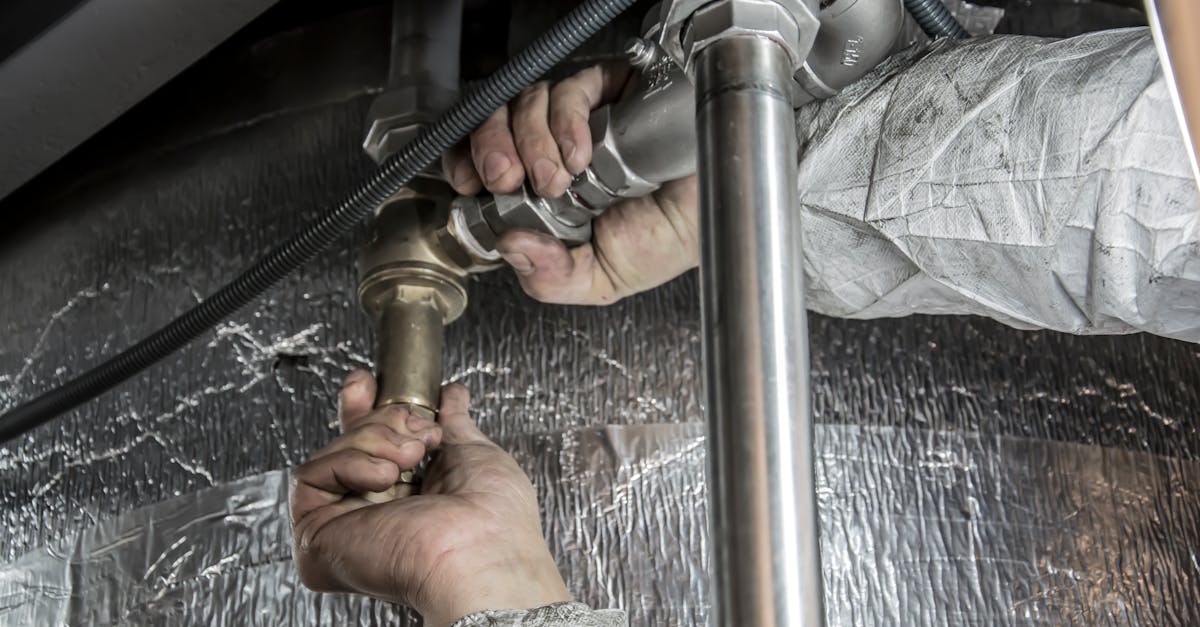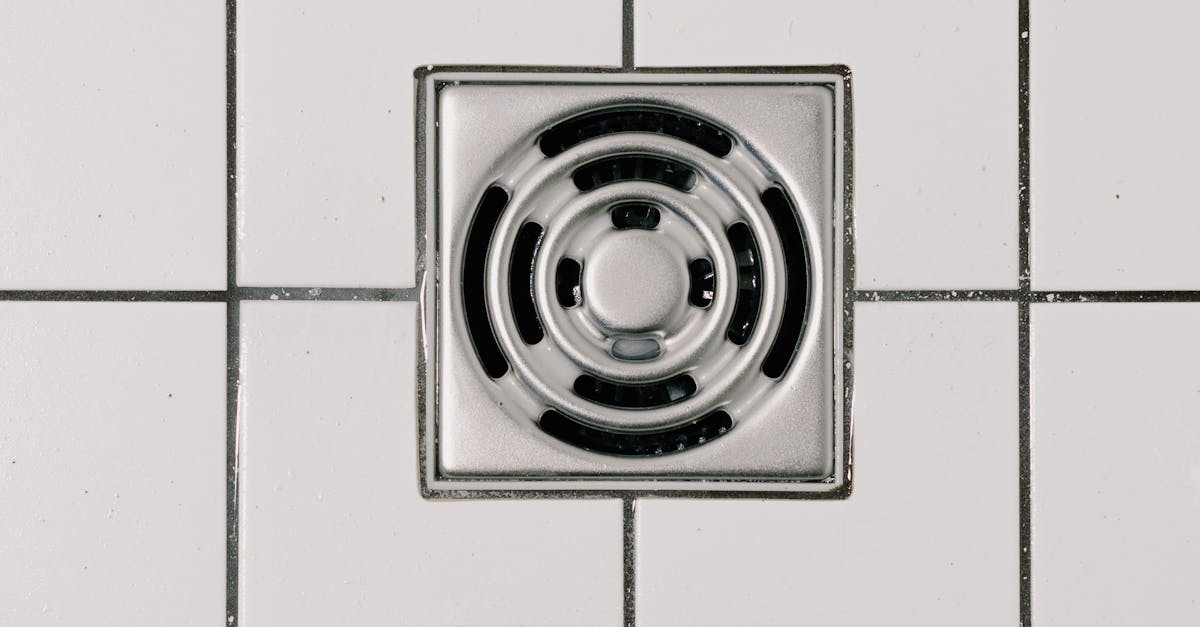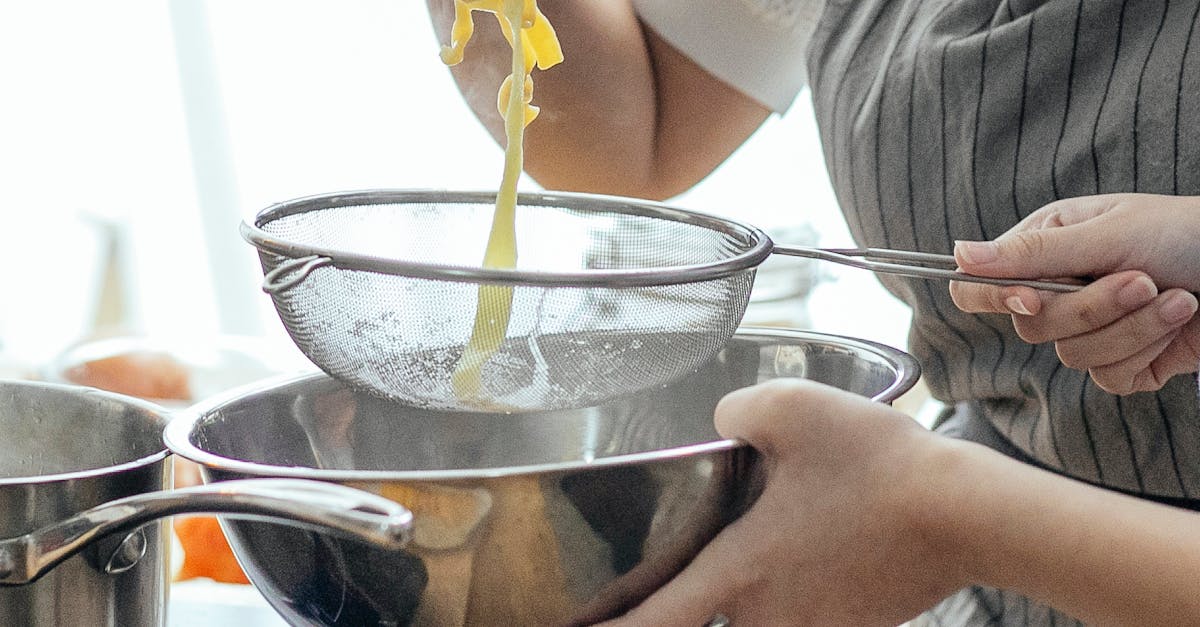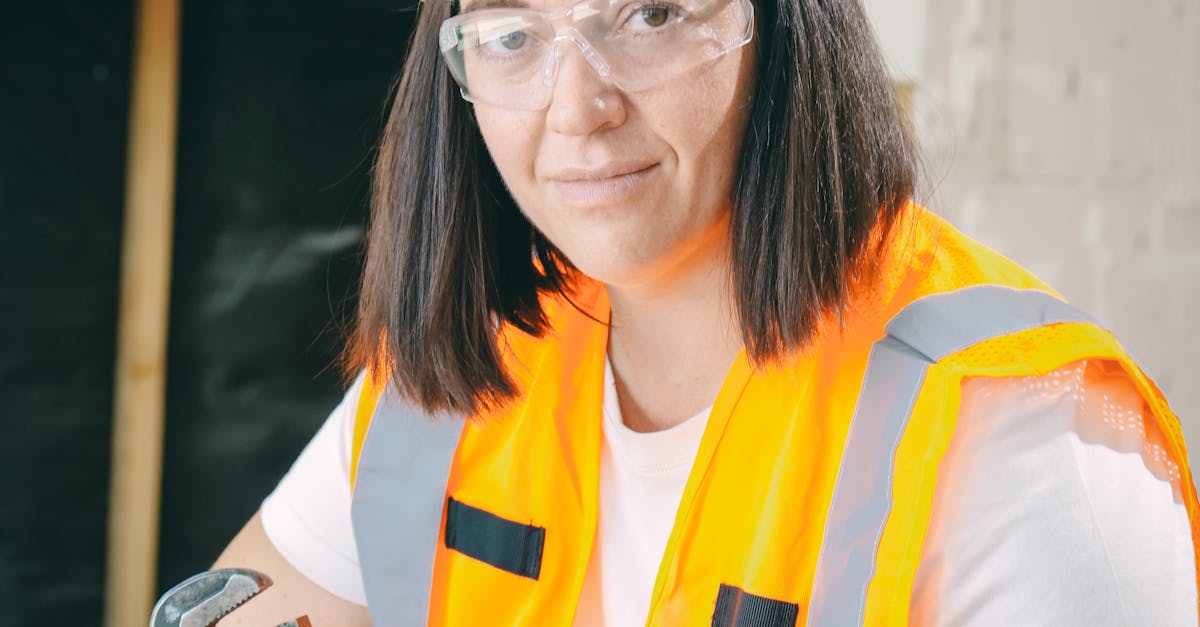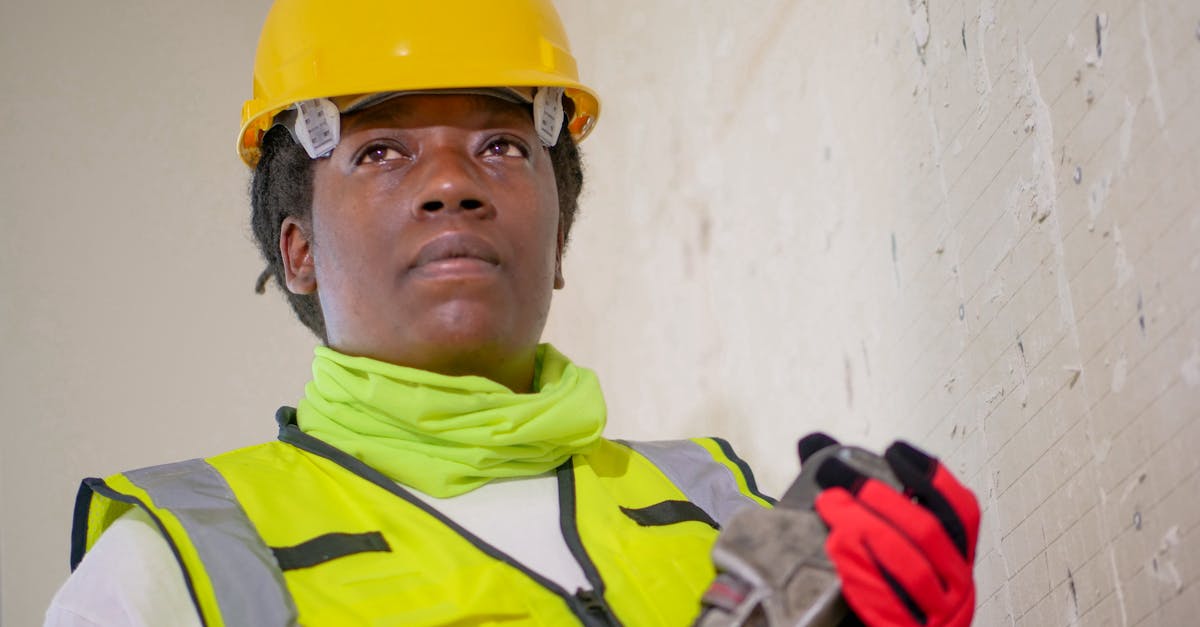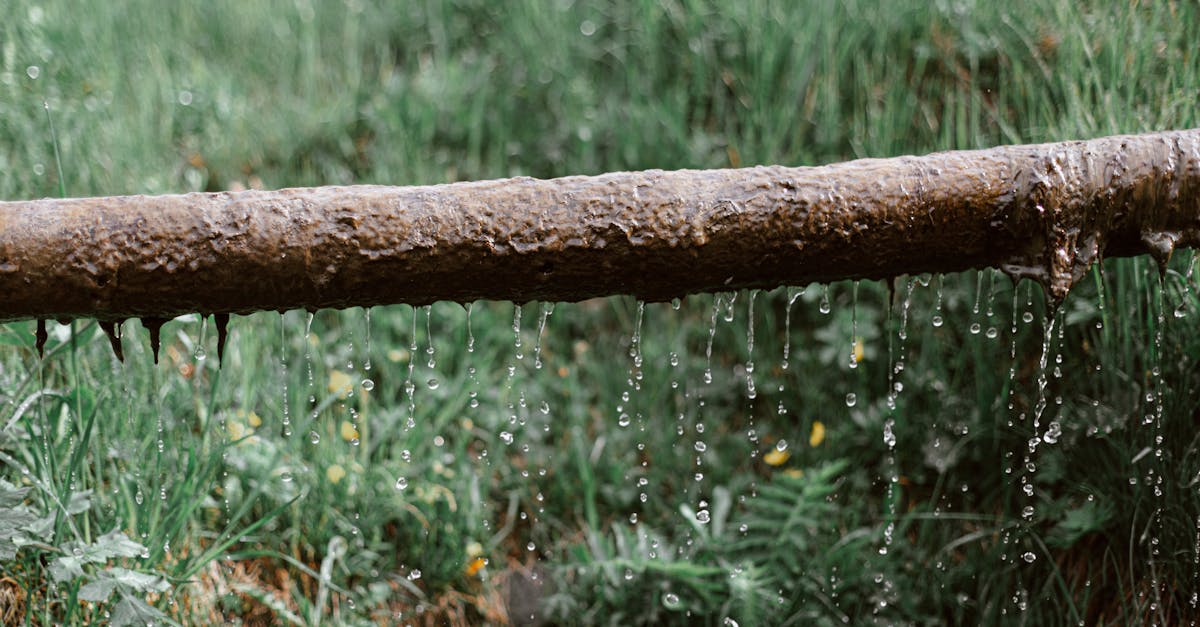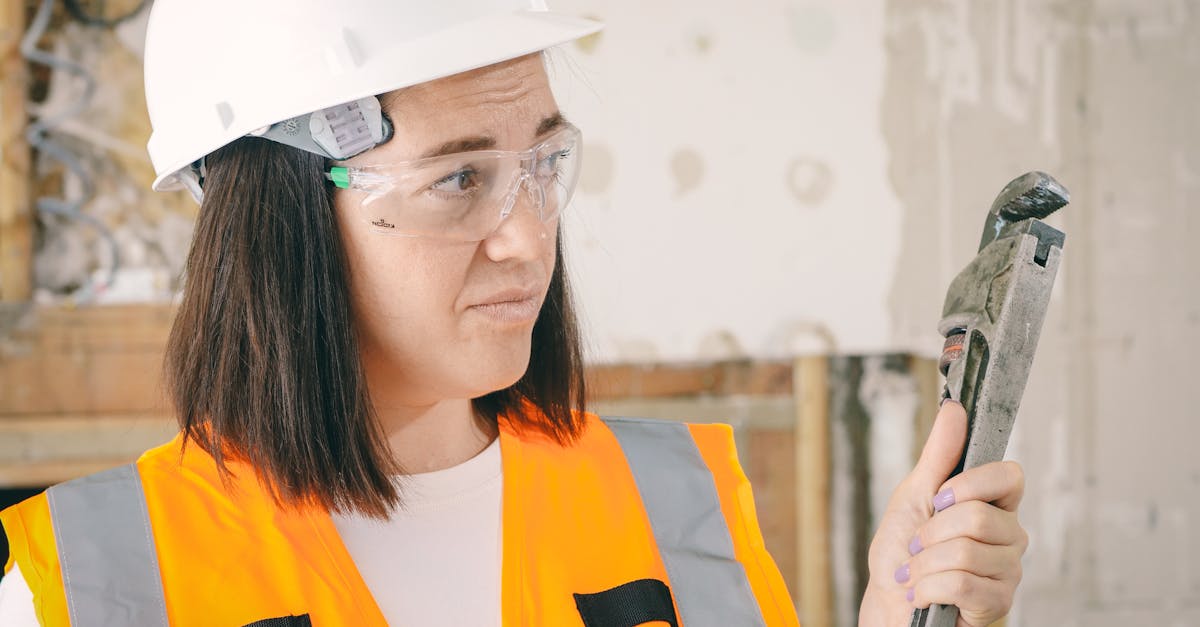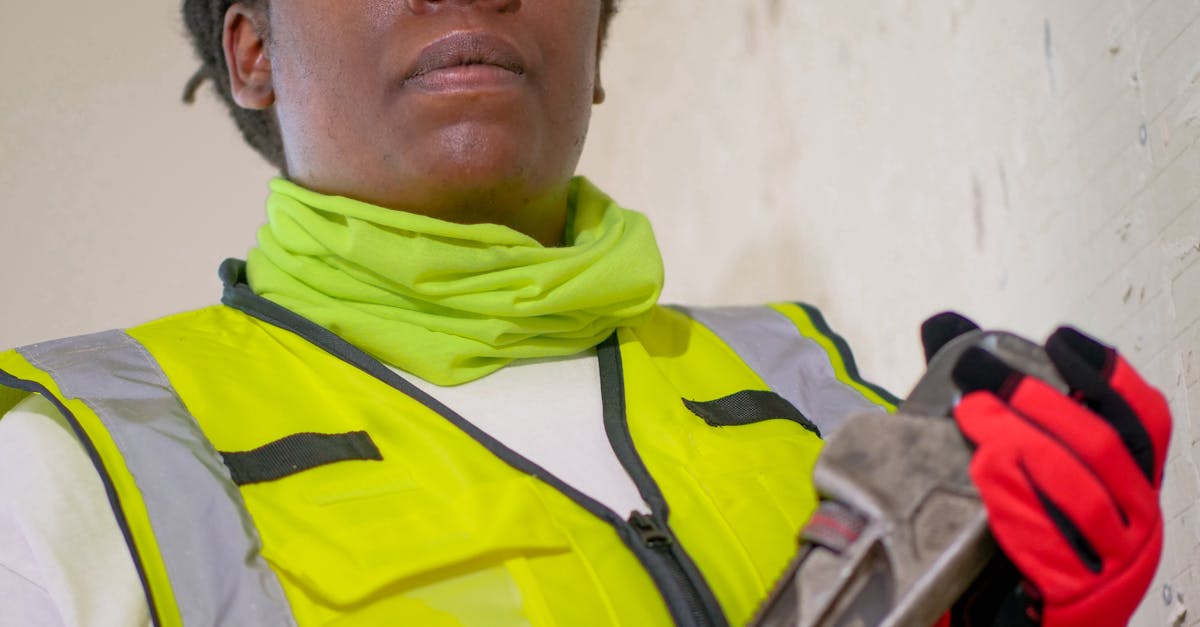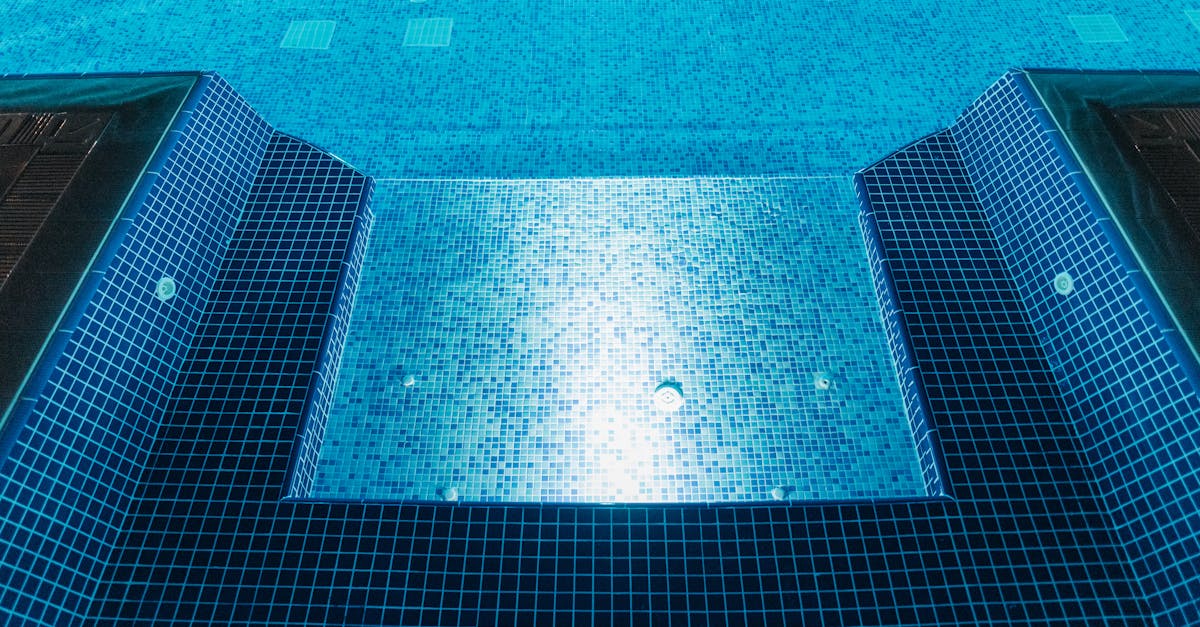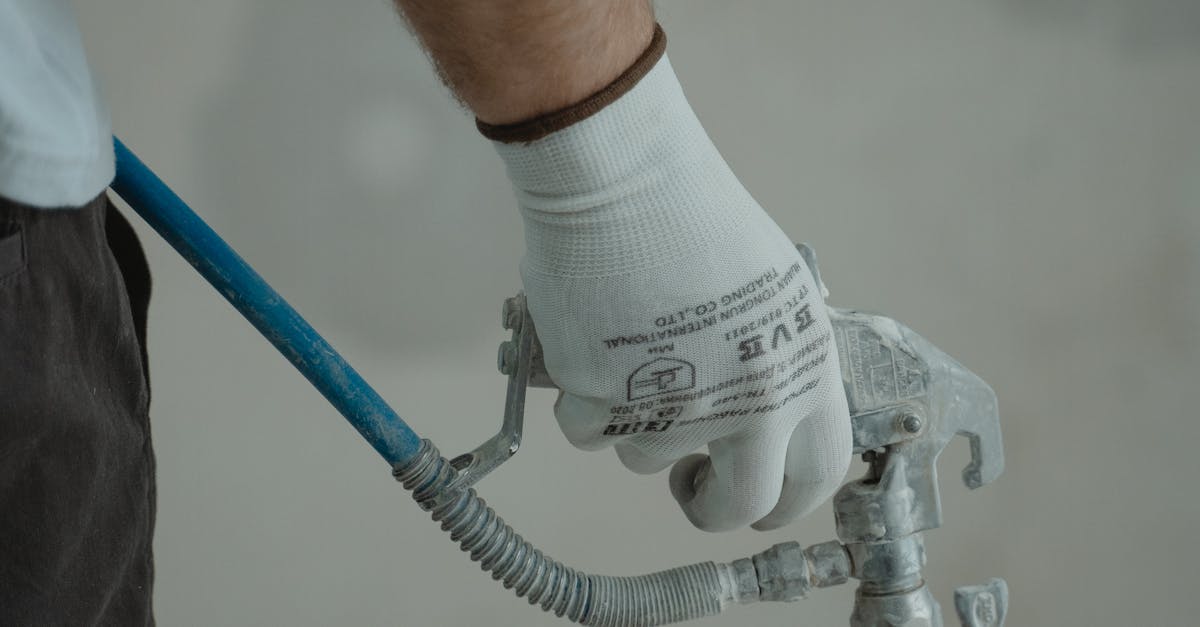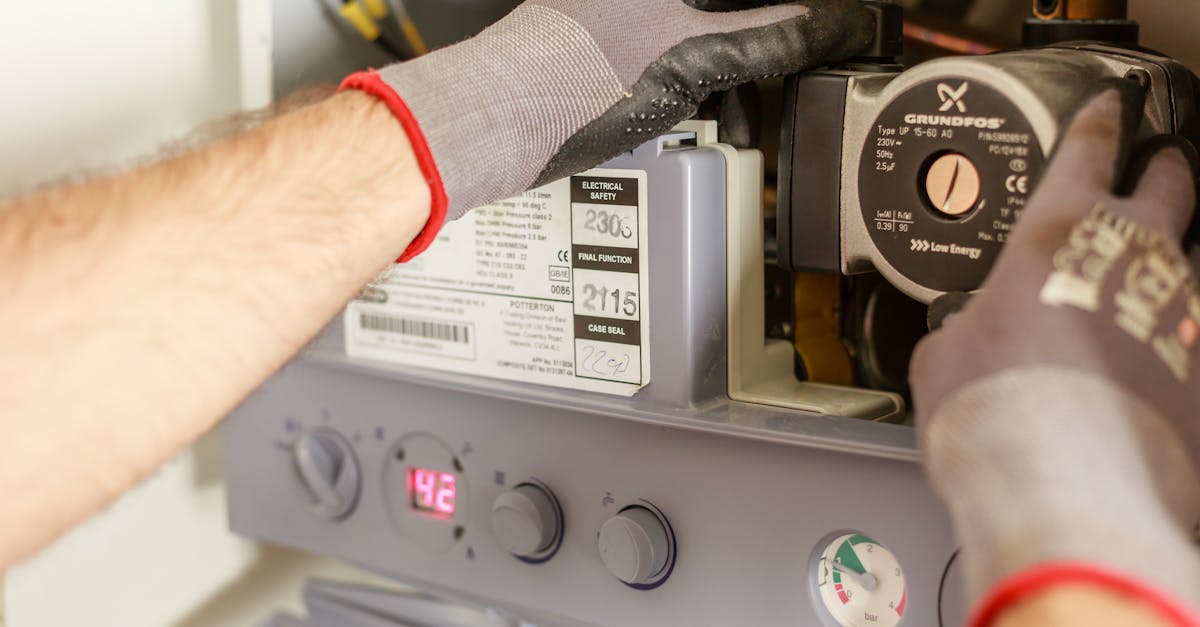
Table Of Contents
Flushing Mechanism Options
When considering a toilet replacement, the flushing mechanism is a crucial factor to evaluate. Modern toilets often come with various flushing systems, such as single-flush, dual-flush, and pressure-assisted models. Single-flush toilets use one consistent amount of water for every flush, which can be efficient but may not be environmentally friendly. Dual-flush toilets offer two options, allowing users to select a lower volume for liquid waste and a higher volume for solid waste, promoting water conservation. Pressure-assisted toilets utilise air pressure to forcefully expel waste, which can be particularly beneficial in preventing clogs and ensuring a strong flush.
Toilet installation and repair can vary based on the type of flushing mechanism chosen. Some systems might require more complex installation due to additional components or plumbing adjustments. Homeowners should consider the water pressure of their plumbing system, as certain mechanisms may perform better in specific conditions. Moreover, a reliable installer can help ensure that the chosen system functions optimally, reducing the likelihood of future repairs. Understanding these options is essential for making an informed decision on replacing an old toilet.
Evaluating Different Types of Flush Systems
When considering a toilet replacement, it’s essential to evaluate the various flush systems available. Traditional gravity-flush toilets rely on the weight of the water to initiate the flushing action. These systems are generally reliable and tend to be less expensive to install. However, newer models have introduced pressure-assisted flush systems, which use compressed air to force water into the bowl. This results in a more powerful flush, reducing the chances of clogging and promoting better efficiency in water usage.
Another option is the dual-flush system, which offers two different flushing volumes—one for liquid waste and another for solids. This not only saves water but also caters to varying needs. Consider the specific requirements of your bathroom and plumbing before making a decision. Consulting with professionals in toilet installation and repair can provide insight into which system best suits your preferences while ensuring optimal performance.
Space and Aesthetic Changes
When considering a toilet replacement, the space available in your bathroom plays a crucial role. Older toilets often occupy more room than modern models designed with compact sizes for flexibility. Assessing the layout of your space can help facilitate a seamless transition. Opting for a space-saving design not only improves the bathroom's functionality but also enhances the overall appearance.
Aesthetic changes can equally transform the look and feel of your bathroom. With a wide range of designs and colours available in the market, it’s possible to select a toilet that complements existing fixtures and décor. Choosing a stylish toilet can elevate the space significantly. For those contemplating toilet installation and repair, factoring in both space and aesthetics will ensure a harmonious blend within the bathroom environment.
Choosing a Design that Fits Your Bathroom
A toilet's design plays a significant role in enhancing the overall aesthetic of a bathroom. When selecting a new toilet, consider the style that complements your existing fixtures and décor. From sleek modern designs to more traditional looks, the options are varied. Colour choices also matter; white remains popular for its versatility, while bold colours can add a unique flair to your space.
Additionally, the shape and size of the toilet can impact how well it integrates into your bathroom. Space constraints might necessitate a compact model, while larger bathrooms may accommodate more stylish options. Consulting with professionals specialising in toilet installation and repair can provide insights into choosing a design that balances functionality with your desired aesthetic.
Installation Process
Replacing a toilet involves several steps that require careful attention to detail. First, you'll need to gather the necessary tools and materials, including a new toilet, a wax seal, screws, and a toilet installation kit. It's important to turn off the water supply and disconnect the old toilet. After removing the old unit, ensure that the flange is in good condition for the new toilet to sit properly.
Once the old toilet is removed, place the wax seal on the flange and position the new toilet onto it. Secure the toilet with the supplied screws, making sure it is stable. Once it is fixed in place, reconnect the water supply and check for any leaks. Toilet installation and repair can be straightforward if you follow guidelines and take your time to ensure everything is done correctly.
What to Expect During a Toilet Replacement
Replacing an old toilet involves a few straightforward steps that can be managed by a competent DIY enthusiast or by hiring a professional. Expect to start with turning off the water supply to the toilet and flushing it to remove any remaining water in the tank and bowl. After that, the old toilet is unscrewed and lifted off the flange. This may require some effort, especially if it has been in place for many years, as the wax seal can become quite rigid. A new wax ring is typically placed on the flange before setting the new toilet down in position.
Once the new toilet is in place, it will need to be bolted securely to the floor, and the water supply reconnected. Checking for any leaks during the first flush is essential to ensure everything is sealed properly. If you're unfamiliar with plumbing, it may be wise to consult an expert in toilet installation and repair. A professional can help streamline the process, ensuring that all parts are installed correctly and that the toilet functions efficiently. Being aware of the time and effort involved can help set realistic expectations for the replacement process.
FAQS
How can I tell if my 20-year-old toilet needs to be replaced?
Signs that your toilet may need replacing include constant leaks, frequent clogs, cracks in the bowl, or if it uses significantly more water than newer models. Additionally, if the toilet has become increasingly difficult to flush, it may be time for a replacement.
What are the benefits of replacing an old toilet?
Replacing an old toilet can lead to improved water efficiency, reduced water bills, better flushing performance, and an overall upgrade in bathroom aesthetics. Newer toilets often come with enhanced features and technologies that can improve your bathroom experience.
What are the different flushing mechanism options available?
There are several flushing mechanisms to consider, including gravity-fed, pressure-assisted, and dual-flush systems. Each has its advantages, with dual-flush systems being particularly popular for their water-saving capabilities.
How long does it typically take to install a new toilet?
The installation process for a new toilet usually takes about two to four hours, depending on the complexity of the installation and whether any plumbing adjustments are needed.
Can I install a new toilet myself or should I hire a professional?
While some homeowners may feel comfortable installing a toilet themselves, hiring a professional plumber is recommended, especially for those unfamiliar with plumbing systems. A professional can ensure proper installation and avoid potential issues down the line.
